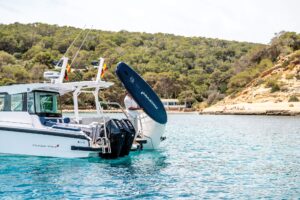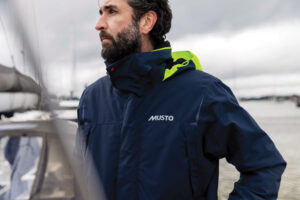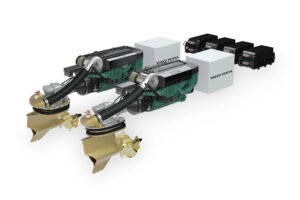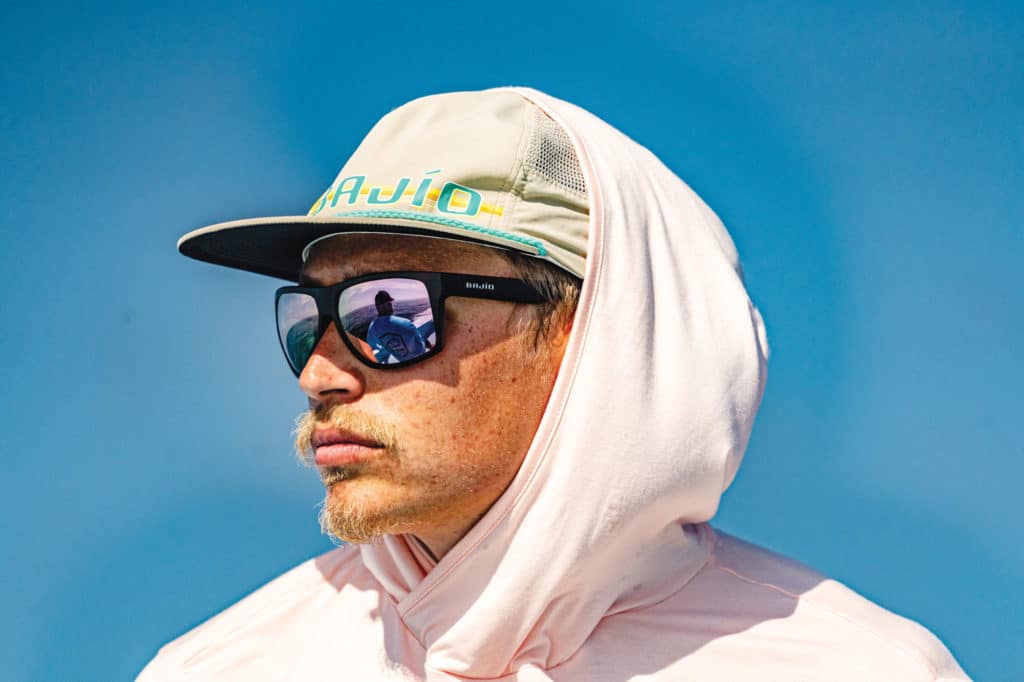
Al perkinson spent almost 17 years at the sunglasses behemoth Costa. He left about three years ago, did some consulting, and decided it was time for a new company to enter the market. In April 2021, together with some other industry veterans, he founded the brand Bajío. “We wanted something for the next generation,” he says.
They launched with a catalog of 12 styles and expect to add another eight this year. Bajío glasses are already being sold by about 500 retailers in 35 states, with a heavy focus on Florida, Texas and the Carolinas.
Perkinson says Bajío glasses offer the same kind of polarization and ultraviolet-light protection as other brands—with an added twist.
“The light we’re really focused on is blue light,” he says. “It’s been in the press a lot about people who look at computers a lot, and it’s super-topical with young people. The biggest producer of blue light is actually the sun. When you’re outside all day in the sun, you need to block that blue light as well.”
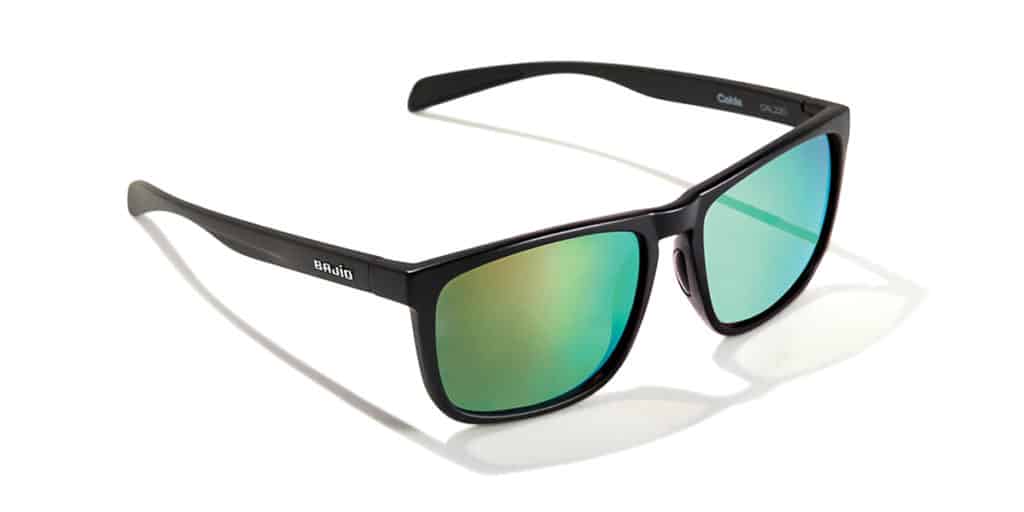
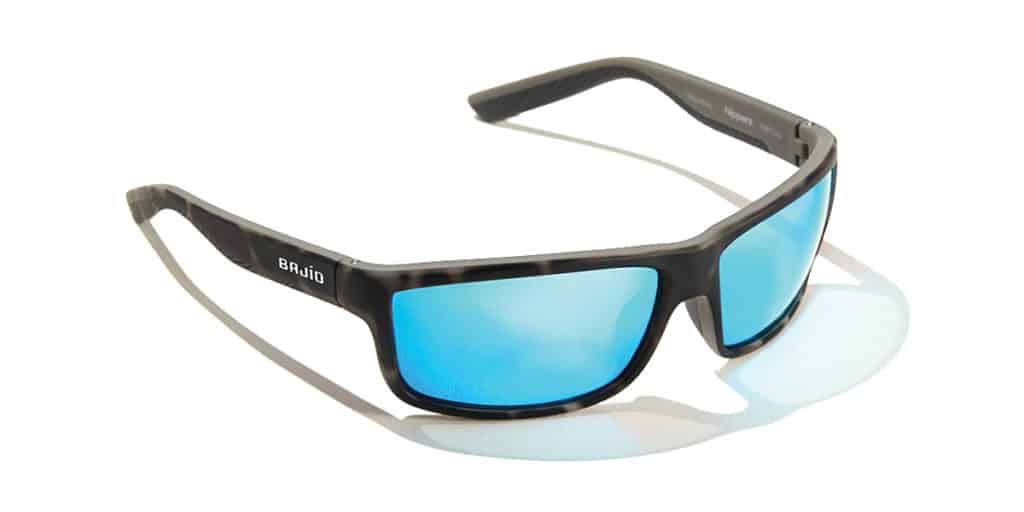
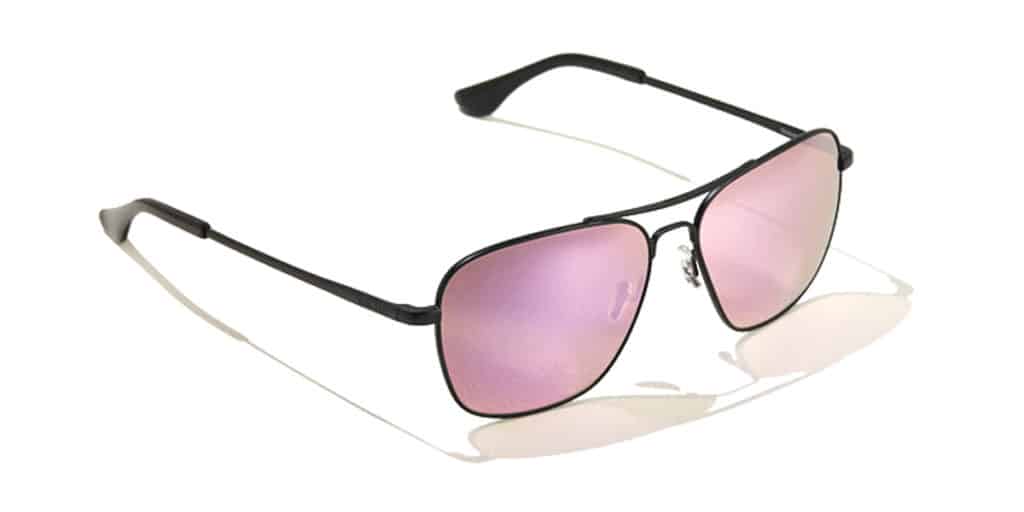
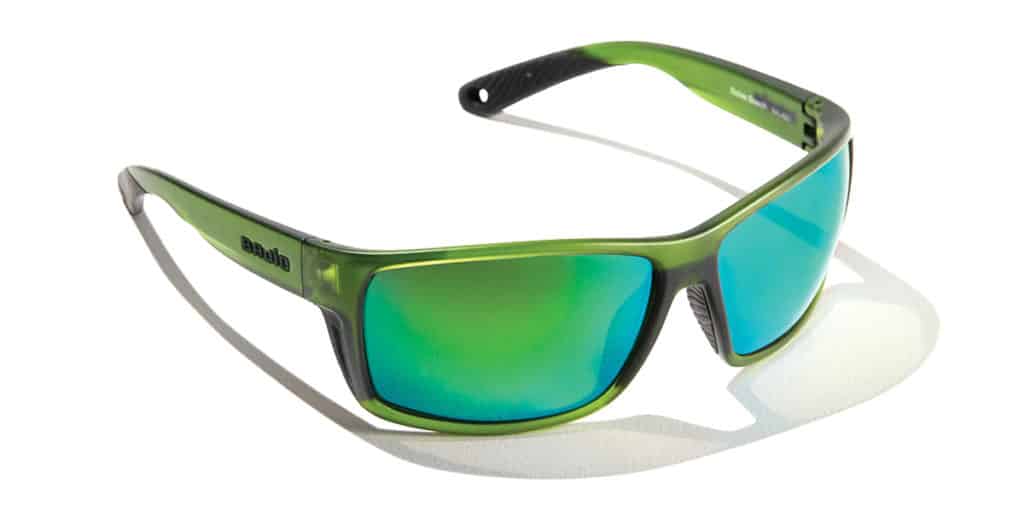
The company also has built the idea of eco-friendly materials into its entire line. Bajío’s frames are plant-based, created with a resin made from the castor plant. “And our packaging is all recycled paper, our case is made out of cactus leather—all across the board, we’re sustainable. We’re carbon-neutral from inception,” he says. “And we offset any carbon use by planting mangroves.”
Those mangroves are part of Bajío’s business plan to embrace conservation efforts in fish-filled waters.
“We travel and work with scientists and local communities to protect the shallows,” Perkinson says. “That can be a saltwater marsh in Charleston [South Carolina] or the flats in Florida. It involves trash cleanup, planting mangrove trees, doing fish-population work to help the local folks understand sustainable practices—really, everything we’re doing is focused on those shallows.”
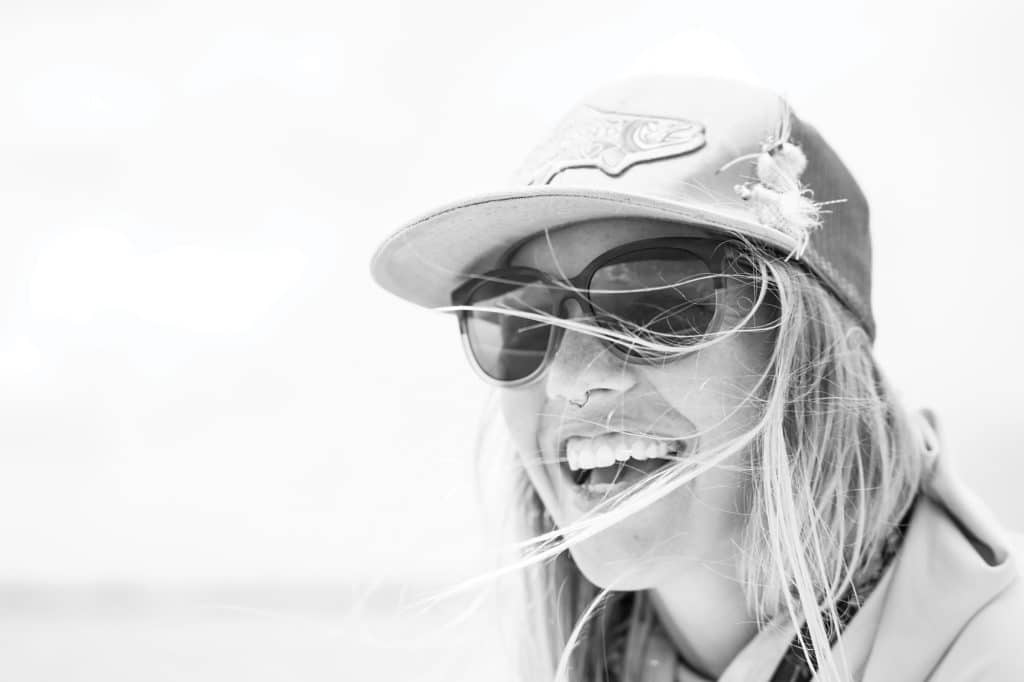
All in all, he says, the hope is for Bajío’s glasses and company culture to appeal to old-school anglers and newcomers alike, because no matter the type of fishing or boating, “the quality of that visual experience adds to the quality of the overall experience out on the water.”

